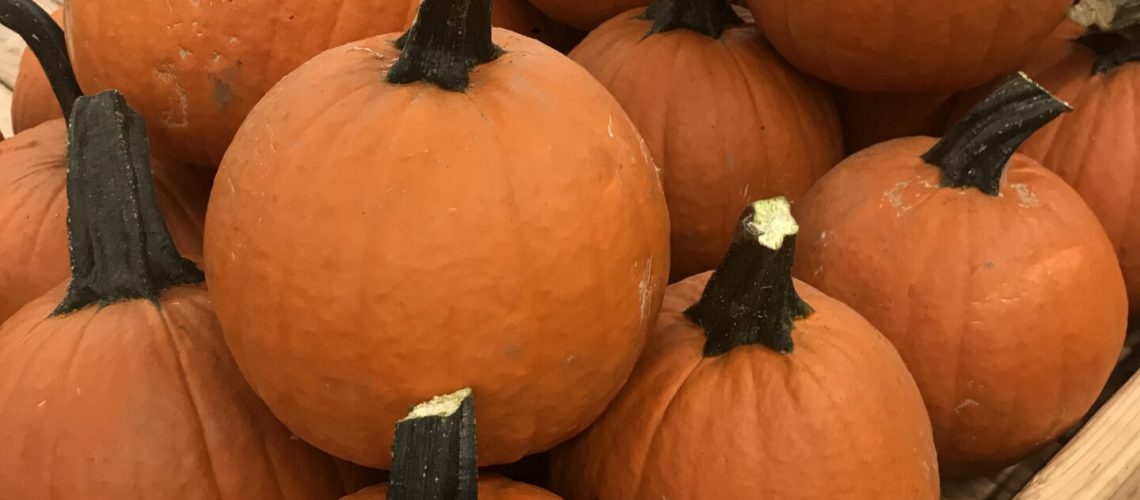One of the great things about living in the Pacific Northwest is that you can grow vegetables all year round without really needing much help. Fall garden plants are abundant. And there are some things that we can all take advantage of when we plant vegetables for the fall. So, when you are looking to capitalize on the lovely fall season what does it take to plan your garden for this crisp, refreshing time?
Preparing or Improving the Soil for fall gardening
Whether you have already got a thriving garden or you are looking to prime the soil ready for the fall months, adding a natural vegetable fertilizer will help. It’s likely the vegetables you have already planted will have soaked up any essential nutrients from the soil, and a vegetable fertilizer will help to give your plants a boost. You should also incorporate a high-quality compost. Now as you prepare for fall gardening, is the opportunity to mulch the soil with this to make sure the soil retains the heat of the summer. When you are using containers, potting soil mixed with fertilizer will offer excellent results.
What Do We Need to Plant and Where?
Vegetables are usually separated into two categories: cool-season and warm-season. The warm-season vegetables are at their peak during the summer. But the cool-season vegetables are what we need to make the most of the fall. You can plant cool-season vegetables in late spring and early fall. The great thing about certain cool-season vegetables is that they can grow pretty quickly and if you plant them soon, you can harvest them this year. Certain vegetables like carrots and beets can withstand a lot of harsh weather. But some cool-season vegetables, like radishes and lettuce, need to be harvested before the frost comes or need to be covered for the winter (more on this later).
When we are planting for the fall months, we need to think about where we are placing our crops. Ideally, you would practice crop rotation. If you have already been using the garden for crops in the spring and the summer you should use the same spaces for something different. This is because pests can become savvy and attack vegetables that come from the same spot. Fall garden plants can solve this. Depending on what you are planting, you can make the most of a lot of tight spaces for small vegetables and plants to grow in the fall. For example, you can plant carrots and radishes in between lettuce rows.
Preparing Your Garden for the Winter
Now is the ideal opportunity to prepare for the winter months and entice plants to grow in fall. One approach to extending the growing season is to use cold protection methods. You could do this by keeping your vegetables warm by using a row cover. Or you could cover your garden bed or individual plants with a cloche, which you would usually see in tunnel form. But they come in a wide variety of forms, including glass domes. You can even create your own makeshift cloches using soda bottles!
Fall gardening in the Pacific Northwest is a fantastic time to get your garden ready for harvest, so whether you are new to gardening or you need to get your space ready, there are plenty of options for you to get vibrant vegetables and plants.

